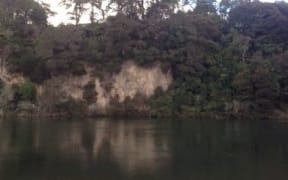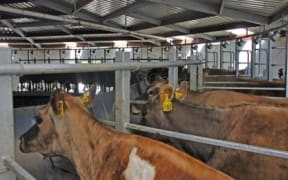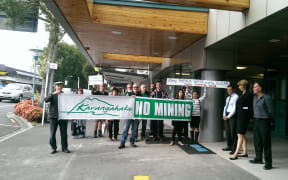Funding of $6 million is being made available for Waikato River clean up projects.
The Waikato River Authority is the organisation charged with restoring the waterway, working with the Crown and tangata whenua.
It will be considering online applications until August, when it will announce which organisations will get the contract.
The authority was set up because of environmental concerns over the degradation of the waterway caused by farm run-off and pollution entering the awa.
Waikato River Authority co-chairs John Luxton and Tukoroirangi Morgan said funding priorities included the Waipa and lower Waikato River catchment, wetland restoration and projects focused on improving water quality.
"In order to provide certainty to groups and individuals looking to carry out river clean up projects with Waikato River Authority funding, our funding strategy is relatively unchanged from the previous year," said Mr Luxton.
"We know that many projects require multi-year planning and delivery, so we are conscious that we need to give a consistency of approach in terms of signalling what is important.
"We believe this will ultimately give the best outcome long-term for the river," he said.
This year's Funding Strategy also includes a policy position from the Waikato River Authority on the fencing standards required for restoration planting that has been funded by the Authority. It outlines the requirement for both sheep and cattle and for electric and standard fencing.
A recent report presented to the Waikato Regional Council's strategy and policy committee, the Waikato Progress Indicators (Tupuranga Waikato), found that over recent years environmental progress in the rohe has been limited.
The study found there was an increasing amount of coastal estuary area covered with invasive pest plant species on both the east coast of Coromandel and in west coast harbours.
It found rural land was being increasingly subdivided, with the greatest amount of subdivision occurring on land classed as having a high productivity value.




